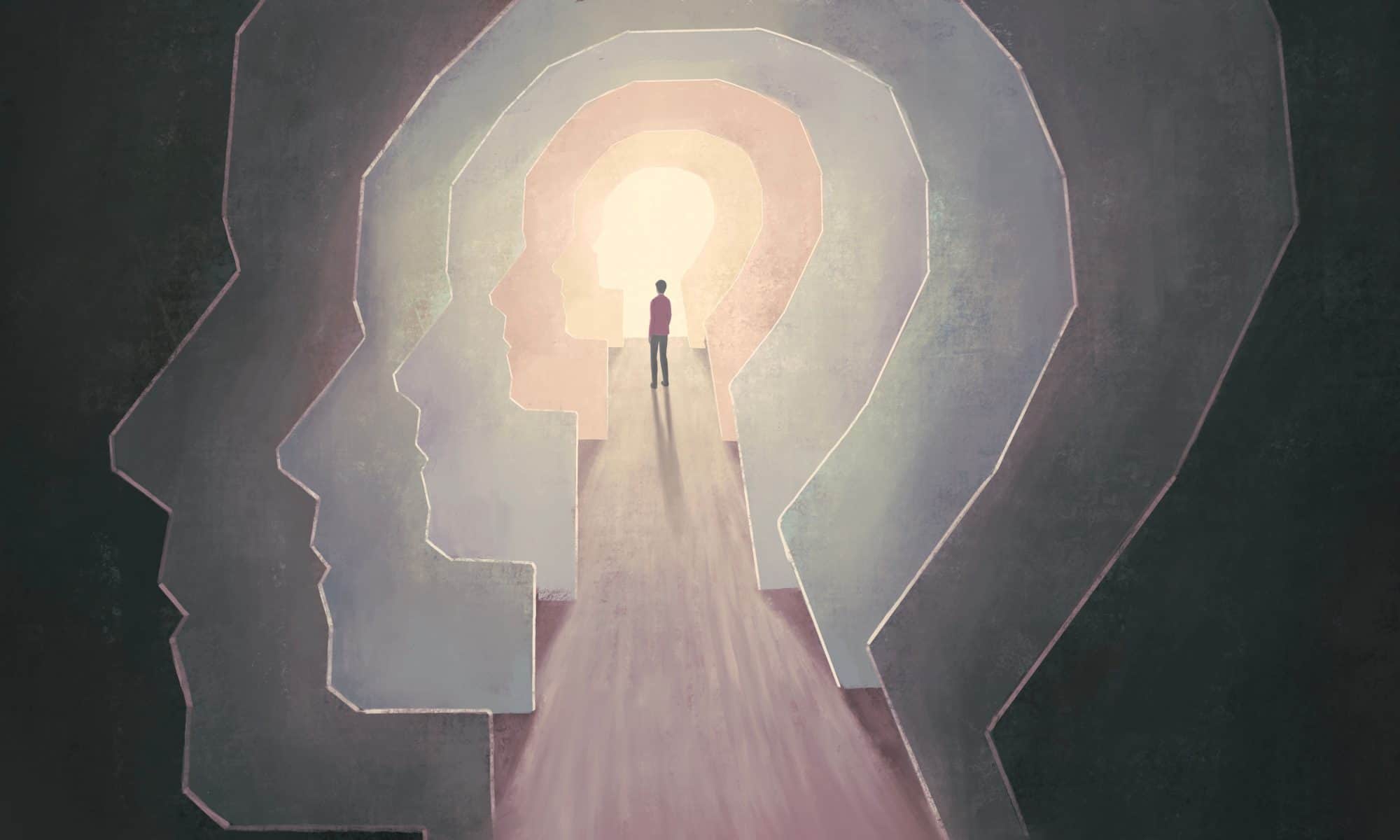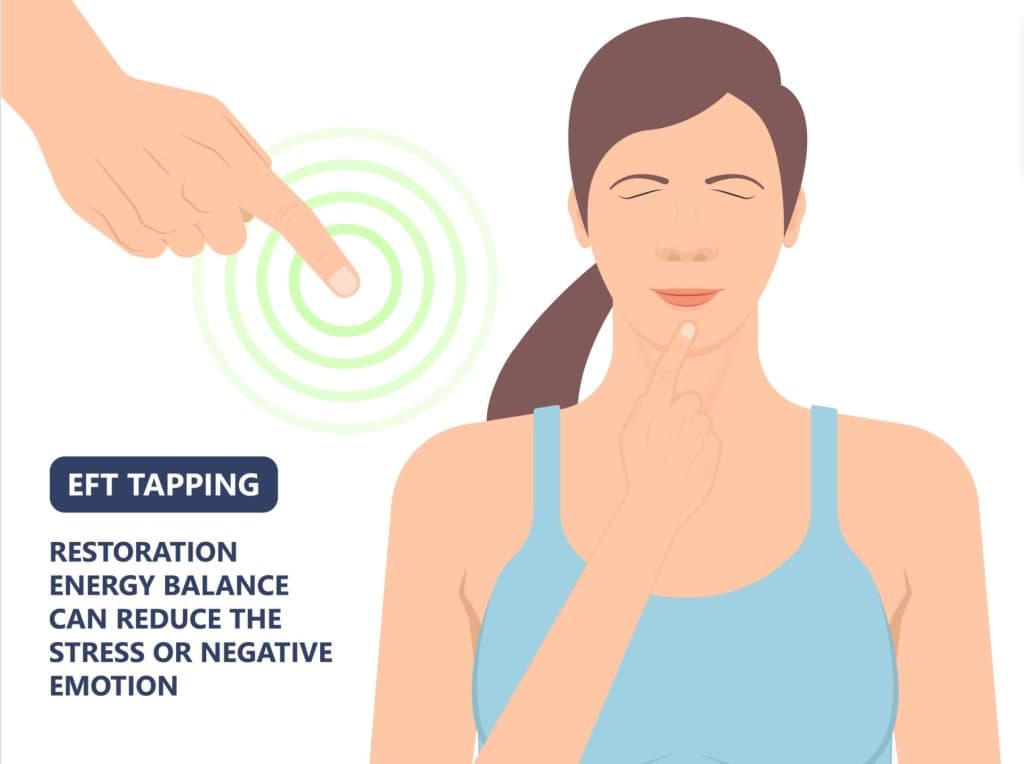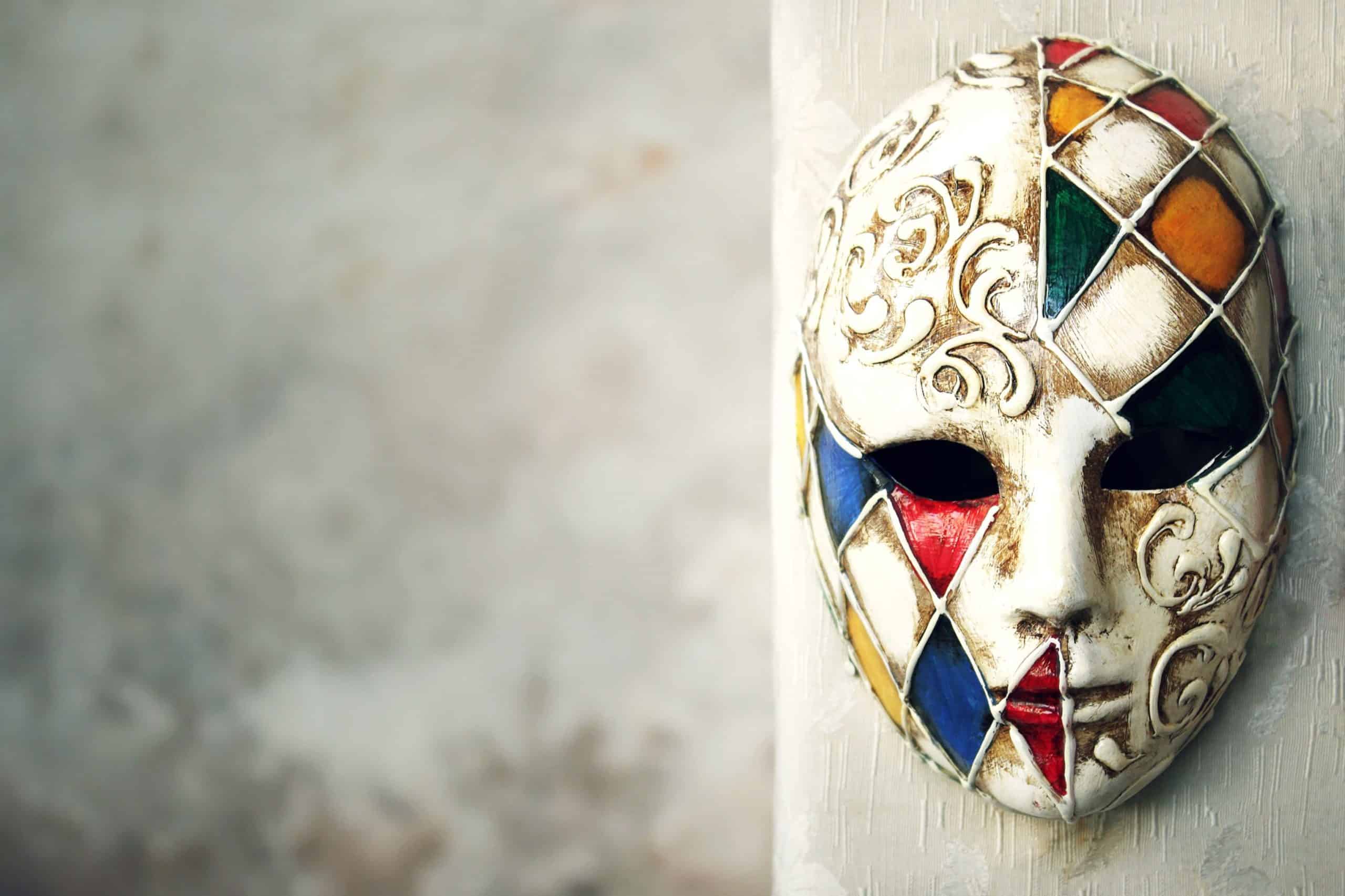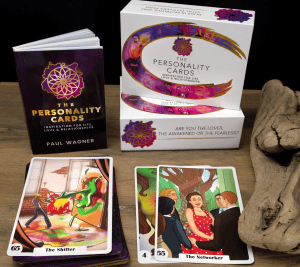
We all have our avoidance mechanisms. Maybe it’s a Netflix binge to avoid dealing with something uncomfortable in your life, or perhaps it’s constantly checking your phone so you don’t have to address the awkward silence with a friend.
Whether we know it or not, most of us put up roadblocks that keep us from having to really look at something uncomfortable going on in our lives and deal with it. Such avoidance mechanisms are referred to as “spiritual bypassing,” which is a term coined by psychologist and author John C. Calloway in his spiritual bypassing book, “Unitive Thinking: New Visions of Self, Community, and Society.”
In his article “Spiritual Bypassing: What It Is and Why It Matters,” Dr. Neela Samant explains that spiritual bypassing refers to “a tendency among enlightened individuals to use their spirituality as a means of evading rather than addressing problematical aspects of themselves—what they see as negative or unworthy parts of themselves—as well as challenging social issues such as oppression, injustice, and inequality.”
The following will explain what is spiritual bypassing, why you might be doing it, how it might hurt you (and others), and how you can stop doing it once and for all.
What Is Spiritual Bypassing?
Spiritual bypassing is when you use your spiritual practice or beliefs to avoid addressing issues that are uncomfortable to you. You use your spiritual or growth practice as an “out” clause to avoid addressing something you don’t want to deal with. This might be an issue related to your psychological health, some unresolved trauma, or something that challenges your identity.
What Are Examples of Spiritual Bypassing?
If you’re not sure if you’re spiritual bypassing in your own life, here are some examples:
- Dismissing Emotions as “Low Vibration“: Trying to avoid any anger, sadness, or frustration in your life by brushing them off as negative and suppressing it. You don’t acknowledge it and process it as a natural part of growth.
- Overusing Positive Thinking: Turning to affirmations and forcing optimism to deny your present pain and challenges instead of facing them.
- Escaping Through Meditation or Spiritual Practices: Using meditation, prayer, or rituals instead of dealing with the responsibilities you have in your present life. Or avoiding dealing with your trauma and personal growth through these escapes.
- Blaming Karma or Past Lives: Deciding suffering is all because of “bad karma” or past-life experiences instead of owning up to your actions or poor decision-making.
- Spiritual Superiority: Judging others but walking around knowing you are much more “awakened” or “enlightened” than others.
- Suppressing Boundaries in the Name of Compassion: Engaging with toxic relationships or behaviors and excusing it as spiritually loving and unconditionally accepting instead of setting boundaries.
- Believing in Instant Enlightenment: Deciding that one spiritual retreat, psychedelic experience, or meditation session can heal everything but not doing any deep inner work or reflection.
- Projecting Spiritual Teachings onto Others: Telling others to just let it go and forgive without acknowledging their pain, trauma, and lived experiences.
- Relying Solely on Manifestation: Believing that thinking positive thoughts on their own can somehow change circumstances and outcomes without taking any practical action.
- Escaping Accountability in Relationships: Proclaiming difficulties in relationships are only “lessons from the universe” and not taking responsibility for your actions or working to set healthy boundaries.

Why Do People Spiritual Bypass?
People use spiritual bypassing because it’s easier than facing what’s really going on. Whenever something challenges your identity or you have some unresolved trauma that you haven’t dealt with, it can be painful and uncomfortable to confront that. It can feel like you’re being pulled into a black hole of self-doubt.
There are also issues of scarcity that can come up when you’re faced with your own struggles. You might feel like you’re not “good enough” or that there isn’t enough “success” or “perfection” to go around. In this way, confronting your issues can feel like a threat to your own sense of security and identity.
What Are the Dangers of Spiritual Bypassing?
When you use spiritual bypassing, you don’t really get to confront your issues and work through them. This means they stay stuck in your system and continue to manifest in your life as unhealthy behaviors and thought patterns.
What often happens is that you might see some initial success using your spiritual practice to avoid dealing with your issues, but then your issues catch up with you. When this happens, you may feel like you have to turn to your spiritual practice even more, which can cause spiritual bypassing to become a chronic pattern in your life.
How To Stop Spiritually Bypassing?
First, you need to be aware that you’re doing it. To do this, you can keep a journal where you write down your feelings and thoughts. You can also talk to a trusted friend about what you’re dealing with and notice what you’re turning to as an “out” clause.
When you become aware of what you’re doing, you can start to challenge the thought patterns that lead you to use your spirituality as a crutch. Start to notice what you’re telling yourself and whether it’s actually true or not. You can also try to apply the same rules to yourself that you would apply to a friend.
Confront Yourself Head-On
When we look at ourselves with honesty, we release suppressed emotions and the personalities we create that don’t really honor who we are. If we continuously paint everything pretty and purple, we will have no pathway to deconstruct our false Selves. Take a look at yourself, honestly. Admit your faults and work towards improving them. Release the aspects that do not serve you. Own your nature and life so that you can advance mentally, emotionally, and spiritually.
What The Masters Say About Spiritual Bypassing
I can’t provide direct quotes from Amma or Mother Meera on spiritual bypassing, but I can offer insights that align with their teachings and spiritual wisdom from these awakened masters. Both Amma and Mother Meera are known for taking a compassionate and practical approach to their spiritual teachings:
- Amma’s Perspective: Amma, often emphasizing the importance of selfless service and genuine compassion, might say that true spirituality is not an escape from life’s challenges but a deep engagement with them. When we use spirituality to bypass our emotions or challenges, we’re missing out on the opportunity for growth. Instead, let your spiritual practices be a means of cultivating inner strength and resilience to face life’s ups and downs with an open heart.
- Mother Meera’s Perspective: Mother Meera, who emphasizes the transformative power of silent presence, might share that silence and stillness are powerful tools for self-discovery, but they shouldn’t become part of avoiding life’s complexities.
How to Get Out of Spiritual Bypassing?
1) Cultivate Self-Awareness: Both of these great spiritual teachers would probably advocate for cultivating self-awareness. When we can recognize how and when spiritual practices are being used to avoid difficult emotions or challenges, we can use that honest self-reflection as a crucial step in our spiritual growth.
2) Integrate Spiritual Practices: Amma and Mother Meera may also suggest integrating spiritual practices into our daily life in a more holistic way. We should avoid compartmentalizing our spirituality as an escape mechanism and instead make it part of how we deal with life’s challenges from a place of compassion.
3) Embrace Shadow Work: Shadow work explores how we integrate the parts of ourselves that we’ve pushed away and into the shadows. Both Amma and Mother Meera might encourage us to practice shadow work on our spiritual journey to acknowledge the aspects we were trying to avoid.
4) Seek Genuine Connection: Spiritual bypassing can sometimes stir from a place of yearning to transcend human experiences. Amma and Mother Meera would probably focus on the idea of genuine connection with ourselves and others as a grounding foundation for spiritual growth.
5) Practice Compassion: Compassion is a theme in many spiritual practices, but especially in the teachings of Amma and Mother Meera. They would likely tell us to embrace our vulnerabilities and imperfections with love and understanding as an integral part of our spiritual journey.
In essence, Amma and Mother Meera would likely emphasize that authentic spirituality involves facing life’s challenges with courage, compassion, and a genuine willingness to grow.
Use Your Spirituality for Good
The point of spirituality is to help you be the best version of yourself you can be. It’s not there to be a crutch to get you out of dealing with things that challenge your identity. The more you confront your issues with spiritual bypassing, the more you’ll be able to use your spirituality for good.
You’ll also be a better friend to those who are dealing with their own issues by not using your spirituality as an “out” clause. There will always be challenges in life, and they are what make life exciting and meaningful.
By confronting your issues and using your spirituality to support yourself, you’ll be a happier, healthier, and more empowered person.

Meet Paul Wagner
Paul Wagner (Shri Krishna Kalesh) is an intuitive mystic, clairvoyant reader, and a loving life & business coach. He created “The Personality Cards,” a powerful Oracle-Tarot deck that’s helpful in life, love, and relationships.
He created The Shankara Oracle, a profound divination tool that includes 18 gemstones, a lavishly designed divination board, and over 300 penetrative oracle cards—all to help you heal to your core and illuminate your Being.
Paul studied with Lakota elders in the Pecos Wilderness, who nurtured his empathic abilities and taught him the sacred rituals. He has lived at ashrams with enlightened masters, including Amma, the Hugging Saint, for whom he’s delivered keynotes at Her worldwide events.
Paul tours the world lecturing on spiritual liberation. He lovingly offers intuitive readings, inspirational coaching, and illuminating courses to help others with self-discovery, decision-making, healing, and forgiveness. Book a session with Paul: HERE.





























